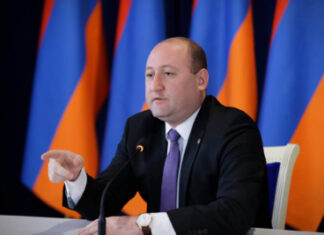Many people cannot locate the village of Panik in the Shirak Region of Armenia. It is a small community on the outskirts of Gyumri, where Russia’s 102nd military base is located. A seemingly insignificant incident brought to a head an uneasy situation that had been brewing for some time between Armenia and Russia.
The village of Panik almost overnight became a mini-Sarajevo with global ramifications.
On July 17, the nearby air base decided to hold unannounced military exercises, frightening the residents of villages in the vicinity. Although the commander of the base issued an apology to the population of the area, it seems that it was not enough for the government of Armenia, which raised the issue, with Prime Minister Nikol Pashinyan characterizing the incident as a violation of Armenia’s sovereignty, in a harsh statement.
Many observers were already suggesting that political tensions between Armenia and Russia were rising. Therefore, the Panik incident proved to be the straw that broke the camel’s back. It turned out that an insignificant event became the tip of the iceberg as the divide between Moscow and Armenia was widening.
The exercises were certainly designed to shock by Moscow.
Azerbaijan is not a strategic ally of Russia and it can freely associate with Europe, the US and even with Georgia, Moscow’s nemesis in the region, but Russia continues its normal relations with Baku.










